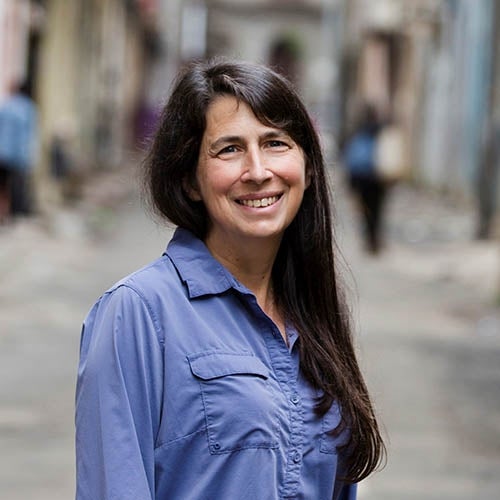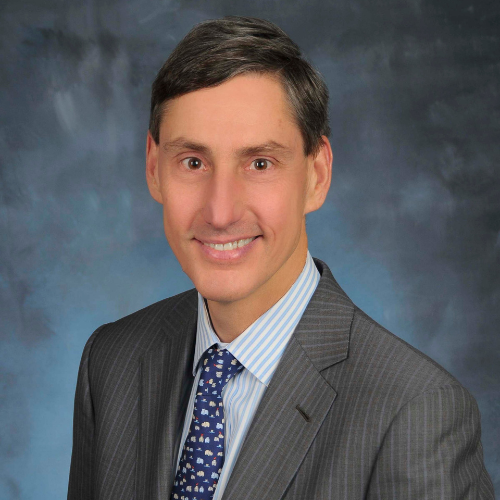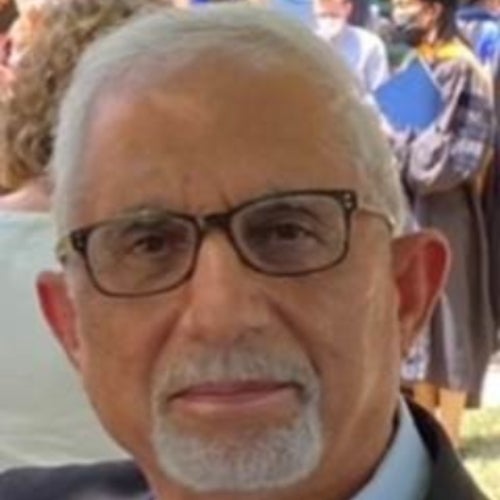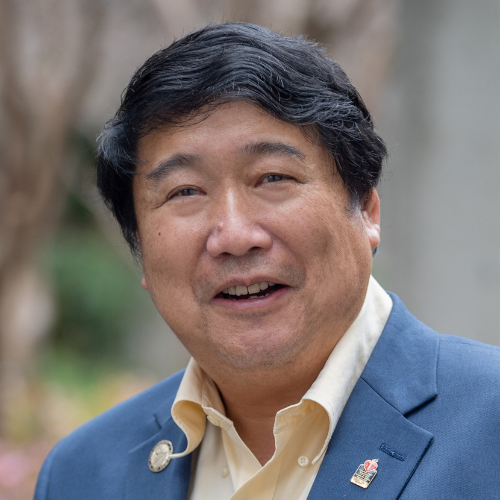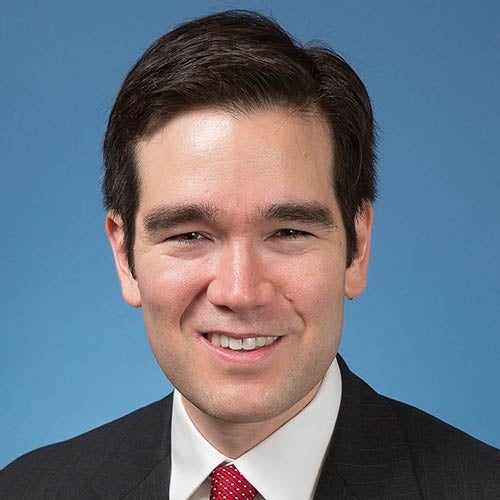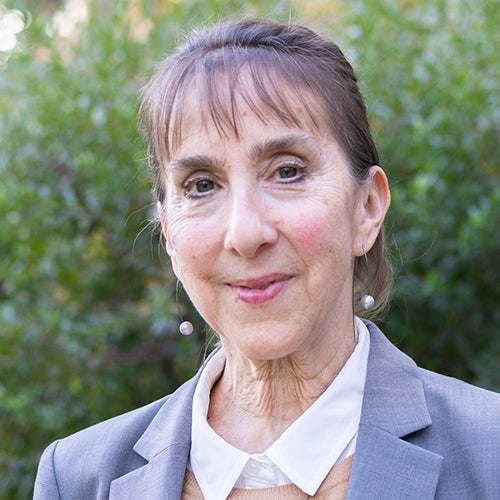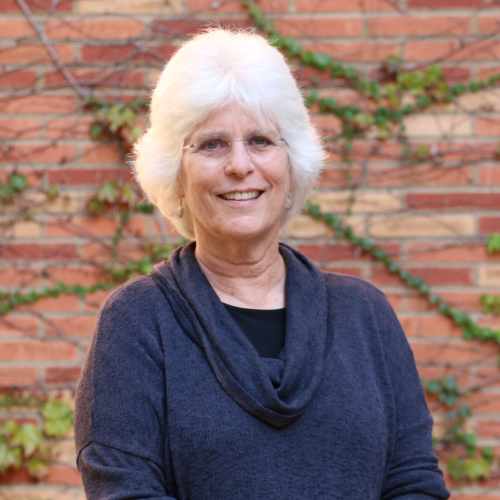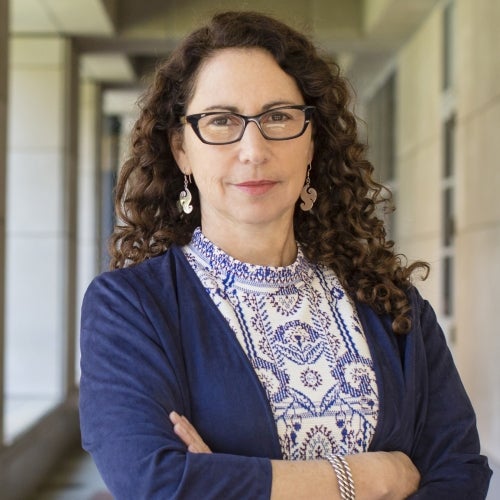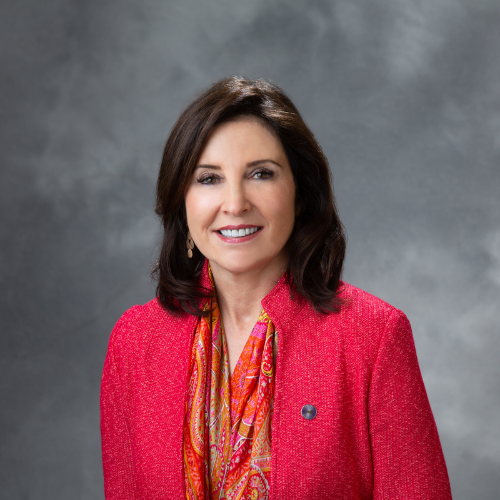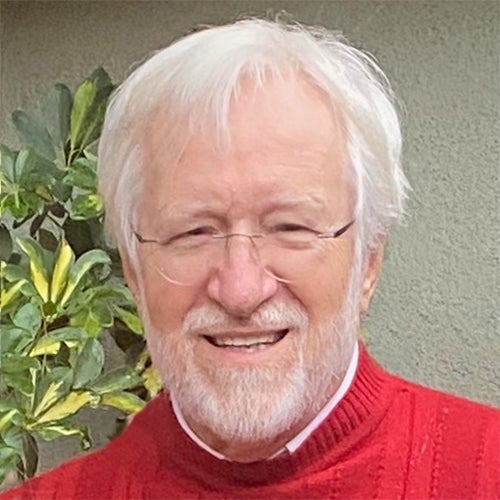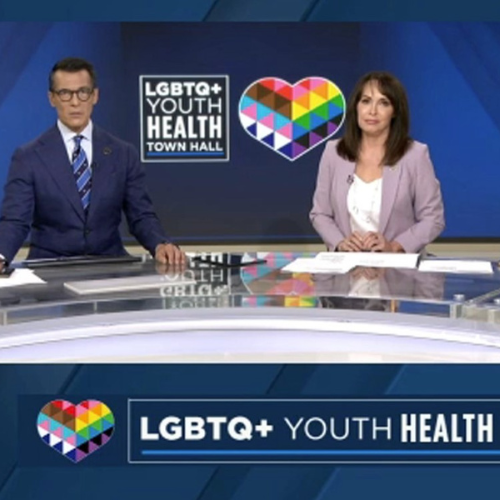Monkeypox: How to avoid stigmatizing language
Dr. Matthew Mimiaga addresses the importance of communications in the public health response to the correct monkeybox outbreak.
Monkeypox was declared a national public health emergency on Aug. 4. But since the first cases of monkeypox surfaced in the United States in May, reports on the spread have mainly targeted gay, bisexual, and other men who have sex with men.
According to the Centers for Disease Control and Prevention (CDC), in this outbreak thus far, 99 percent of cases in the U.S. have occurred in men, 94 percent of whom reported recent male-to-male sexual or close intimate contact.
Despite the data, anyone can contract the virus – regardless of sexual and gender identity, race/ethnicity, and age – but the emphasis on same-sex sexual acts “has been flagrant at times,” said Dr. Matthew Mimiaga, professor and vice chair of the Department of Epidemiology at the UCLA Fielding School of Public Health.
“Conflating monkeypox and sexuality stigmatizes gay and bisexual men,” he said, “and bears the risk of continued spread by driving members of this community away from seeking health care and biomedical prevention and treatment services.”
Mimiaga says there has also been a racial dimension to the stigma.
“Initial media reporting on the monkeypox outbreak extensively used images of dark-skinned people with visible rashes. This mischaracterization stigmatizes Black individuals and creates misinformation about who is at risk,” he said.
The stigmatization of the virus could stoke fear, distress, anxiety and depression, and could even drive people away from health care and prevention services, he said. For those with preexisting mental health concerns, anxiety and depression could worsen.
“This will also impact the accuracy of the epidemiology of monkeypox in this context, since it can lead to a huge barrier in identifying incident cases and may foster an unproductive response.”
Tailored messaging
To mitigate the spread, Mimiaga, who is also the director of the UCLA Center for LGBTQ+ Advocacy, Research and Health, recommends that messaging be tailored to specific audiences. He said “the CDC has done an excellent job at describing messaging in this context.”
For informing general audiences, messaging should focus on delivering information on what monkeypox is and how it can spread and encourage anyone who is experiencing monkeypox-like symptoms to get medical care.
“According to the CDC, when focusing messaging to gay, bisexual, and other men who have sex with men, targeted channels that directly reach these audiences should be used, such as specific websites, dating apps (e.g., Grindr, Scruff, etc.) or venues,” Mimiaga said.
Messaging should emphasize that anyone can get monkeypox and its spread is a public health concern, he said.
Best practices for media and local health officials should include:
- Finding and citing reputable sources of information that convey scientific information in a clear and non-stigmatizing way. Examples can be found on the CDC website and in various languages on the California Department of Public Health website.
- Incorporating accurate, non-stigmatizing and culturally competent messaging in medical and mental health training for providers and organizations, such as respecting and affirming a person’s culture and belief systems, and creating materials in a patient’s language. Tools can be found here.
- When incorporating accurate and non-stigmatizing language, use the second-person pronoun, “you” or when relevant use “you and your partner.” It is grammatically plural and inclusive, and non-stigmatizing to any audience being addressed.
"This ensures effective messaging on monkeypox prevention and that health care services meet the social, cultural and linguistic needs of patients,” Mimiaga said.
by Jocelyn Apodaca
Faculty Referenced by this Article

Robert J. Kim-Farley, MD, MPH, is a Professor-in-Residence with joint appointments in the Departments of Epidemiology and Community Health Sciences

Dr. Joseph Davey is an infectious disease epidemiologist with over 20 years' experience leading research on HIV/STI services for women and children.
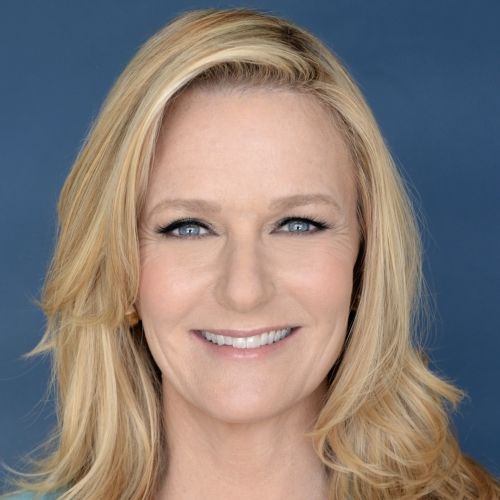
Dr. Anne Rimoin is a Professor of Epidemiology and holds the Gordon–Levin Endowed Chair in Infectious Diseases and Public Health.


